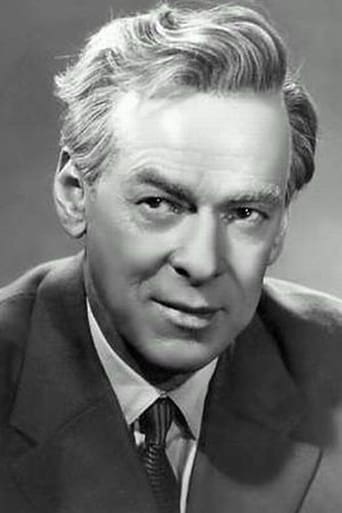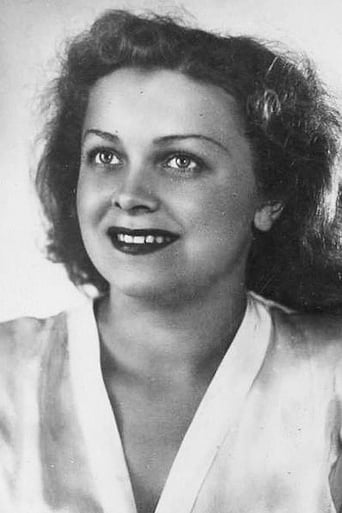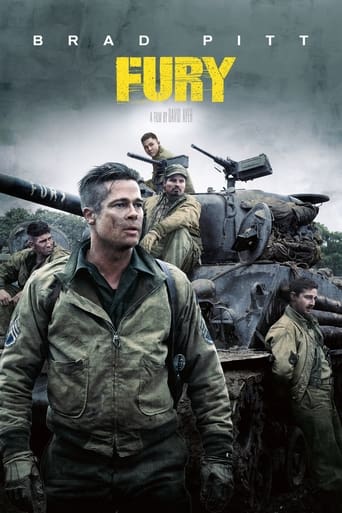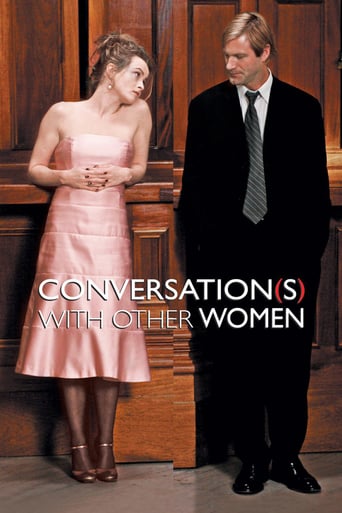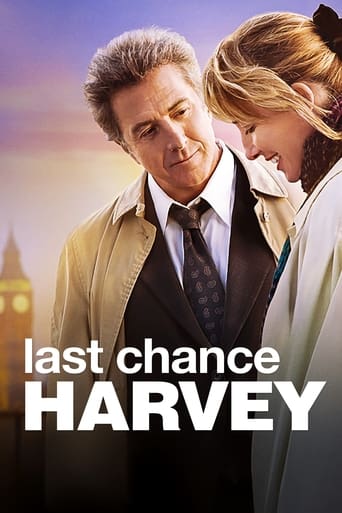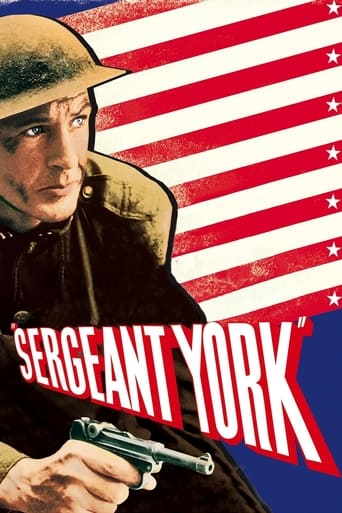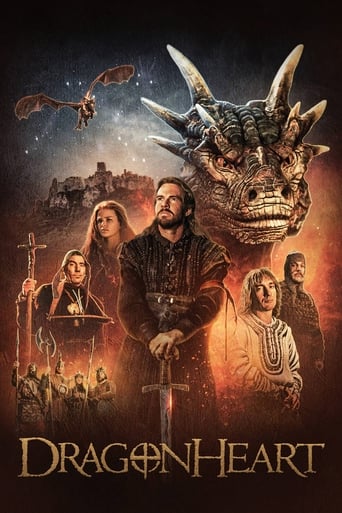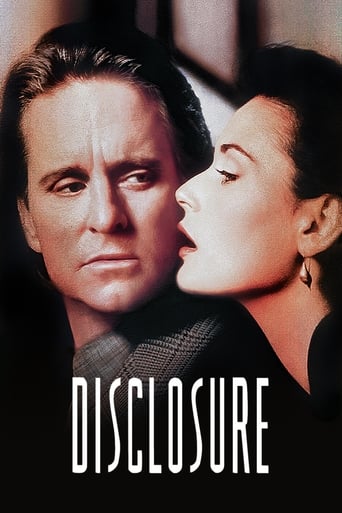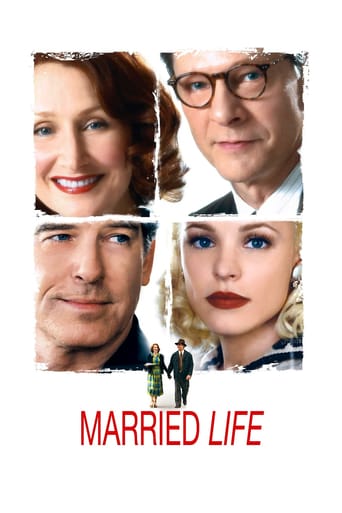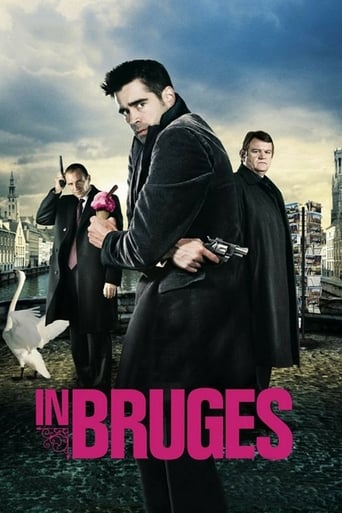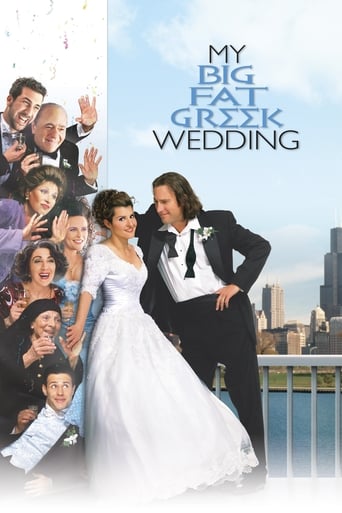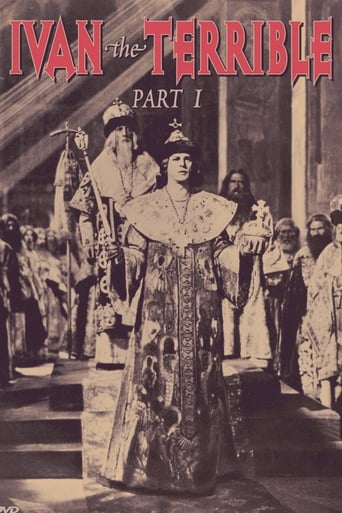

Ivan the Terrible, Part I (1944)
Set during the early part of his reign, Ivan faces betrayal from the aristocracy and even his closest friends as he seeks to unite the Russian people. Sergei Eisenstein's final film, this is the first part of a three-part biopic of Tsar Ivan IV of Russia, which was never completed due to the producer's dissatisfaction with Eisenstein's attempts to use forbidden experimental filming techniques and excessive cost overruns. The second part was completed but not released for a decade after Eisenstein's death and a change of heart in the USSR government toward his work; the third part was only in its earliest stage of filming when shooting was stopped altogether.
Watch Trailer
Cast


Similar titles
Reviews
On one hand I see how popularity of this film is warranted. Made by legendary Russian director Sergei Eisenstein for Soviet premier Joseph Stalin, Ivan the Terrible is a biopic of Ivan of Moscow, the first Tsar of Russia. Acting is all good and I certainly think it's a compelling enough view, but my issue is that the film seems very drawn out. It's about an hour and a half but there are maybe five scenes. I'm exaggerating, I know, but it's what it felt like to me. Each scene takes a while and like I said, it feels very drawn out. I don't mean to say that the film is devoid of several very positive aspects. The sets are amazing as is the acting. But in complete fairness I think Eisenstein's Alexander Nevsky (1938) was a better biopic.
Although the few talkies Eisenstein made are often noted as being much different than his silent, I did find many traces of Eisenstein's trademark visual style all throughout this masterpiece. Brief flickers of genius, artistic filmmaking were present multiple times, and much of it felt like a silent film with words (if THAT makes any sense). Eisenstein was no doubt an extremely visual filmmaking, and although his few talkies certainly DO have a lot of talking, sometimes their visuals convey even more.Various images sprinkled throughout this film shall likely remain in my cinematic memory for years to come. Ivan's haunting shadow looming behind him in an almost ghostly manner, the many close ups of Ivan, showing off actor Nikolay Cherkasov's bizarrely creepy and unique face. These Gothic images tell a story of conflict and pain that is at times relentlessly dark and tragic. This is a powerful and haunting epic, a film injected with an indescribable real-yet-somehow-surreal type atmosphere, and the same mood as a German Expressionist horror film crossed with a David Lean blockbuster
A masterpiece of world cinema. It really is! I go against the tide and prefer Ivan I to Ivan II. Here is a fascinating look at how Ivan overcomes the boyars, loses his best friend to his wife and loses his wife to the treachery that transforms him into The Terrible, played out in spooky places where, as Kael says, people slide in and out of the walls like giant spiders. You need -- indeed, will want -- to watch this one more than once. At first you may indeed find the wide-eyed faces a bit comical, but the more you watch the more you appreciate Eisenstein's view that everybody in Ivan's court is a bit mad. The context of this production is the same as that of Olivier's Henry V: Russia and England were fighting for their lives, and these movies were meant to stir their audiences with patriotic fervor. Both construct scenes as grand tableaux, Henry V like medieval paintings, Ivan like grand opera or Kabuki. In fact, a real treat is to watch the Criterion version of both, Henry V in its sumptuousness, Ivan in its stark grandeur. Contrast the respective British and the Russian approaches to myth-making on behalf of their Great Patriotic Wars. Compare endings. I find the English the more lyrical, the Russian the more powerful. What do you think?
I know "Ten Best" lists are an exercise in futility since aesthetics are a subjective matter and no one can lay claim to knowing what is best, only what one likes. If the rating system at IMDb had eleven stars, I would award them to this one which, taken together with Part II, would be my all-time favorite film. (As one reviewer already has noted, one cannot truly appreciate what Eisenstein was up to unless one sees both Parts I and II, preferably back to back.) When I was studying film at UCLA, I had to do a term paper in a seminar on film aesthetics and I did it on these two movies. My title was, "Eisenstein's *Ivan the Terrible, Parts I and II: The Perfect Union of Form and Content." I tried to show how Eisenstein created a movie masterpiece by telling a story that works on three different levels: historical, satirical, and autobiographical. The two films (some work was done on a third part, but Eisenstein died of a heart attack before completing it, and in any case, the release of Part II was held up for decades once Stalin had caught on to the film's subtext) only superficially deal with the historical Ivan Grozny (in Russian, the meaning is more "awe-inspiring" or "formidable" than the English "terrible"). In fact, Eisenstein's Ivan is revisionist in the extreme, in part because he wanted to present a heroic figure who unites the Russian people against outside foes (in the movie, the Poles; in Eisenstein's time, Nazi Germany -- in fact, filming in Moscow had to be halted for a time so that production could be relocated to the resort town of Alma Atta). But as Ivan becomes more paranoid following the poisoning of the Czarina, Anastasia, at the hands of the patrician Boyars, he resorts to murderous plotting and counter-plotting, which Eisenstein uses as a metaphor for Stalinist pogroms against anyone "crazy" enough to question his reign. (Remember, if you spoke out against Stalin, you committed suicide by being thrown out of windows by the KGB, and those who escaped this fate wound up in Siberian slavery.) The third level on which the films operate, the autobiographical, presents Eisenstein as Ivan (hinted at by biographer Marie Seton when she included a photo of the director sitting in the Czar's actual chair, his feet dangling just like a shot in the film of the young Ivan during his regency). Eisenstein told Seton he had homosexual tendencies but that he thought homosexuality a "dead end." Of course, in Stalinist Russia, being homosexual was tantamount to being insane -- or traitorous. Eisenstein's movies are full of homosexual imagery, and *Ivan* is no exception. The Oprichniki, for example, Ivan's iron guard of loyal, KGB-like attendants, is depicted as a kind of samurai mafia which at times (e.g. the drunken banquet toward the end of Part II) seems definitely gay. That sequence includes a telling song and dance number by a pretty young Oprichnik who hides behind a female face-mask. In the same sequence, the Czar's drunken nephew, an effeminate young man, is dressed in the royal robes and sent into a cathedral where a Boyar assassin, thinking it is Ivan, stabs him to death. Although the Oprichniks want to kill the assassin, Ivan says to let him go, "for he has killed the Czar's worst enemy." In other words, they've murdered Eisenstein's own perceived weakness: his closeted homosexuality. The movie is full of such insights, and I can't think of a single other film that is so multi-layered. Once you begin looking for these things, you'll want to watch *Ivan* over and over again.


